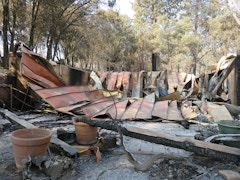
Deconstructing the Window
Over the years, the industry has relied heavily on the increasing performance of low-e coatings to drive window U-factors (thermal transmittance)

Over the years, the industry has relied heavily on the increasing performance of low-e coatings to drive window U-factors (thermal transmittance)

The testing of aluminum/glass curtainwalls for seismic capability, mainly inter-story drift, has been carried out on many curtainwalls over the last

With the desire for more sustainable construction and reduced embodied energy, mass timber is being explored for building structures. For medium and

It is commonly thought that fenestration U-factor is not a key determinant in the performance of facades in hot climates, and generally the focus of



ASTM E 1300 “Standard Practice for Determining Load Resistance of Glass in Buildings” defines the load resistance of a glass construction as being

Healthcare projects in northern California require specialized knowledge to navigate regulation, technological advancements, and project execution

Buildings account for over 40% of global emissions (GlobalABC, 2018). Growing populations and higher standards of living are increasing pressure on


California is set to be drier and more drought prone with climate change. Wildfire and the subsequent loss of life and housing is a huge challenge.

FTI's celebrated Forum in Seattle explored the "facade effect" on buildings and urban habitat with industry and academic thought leaders.